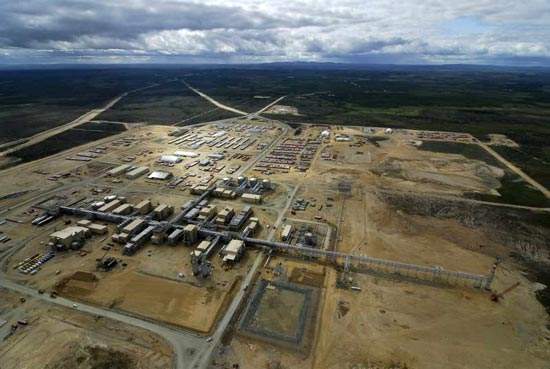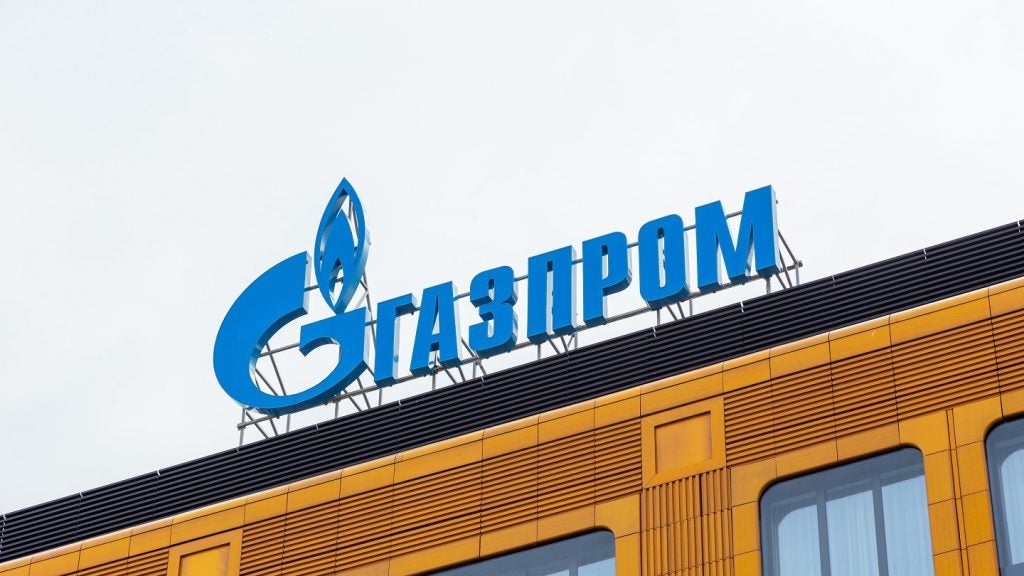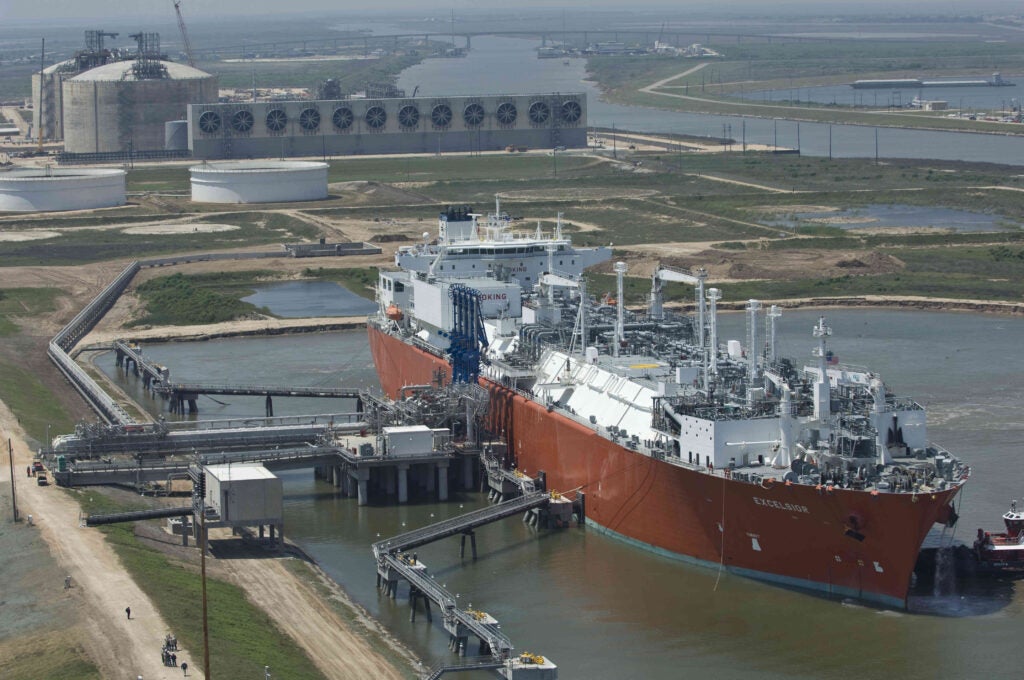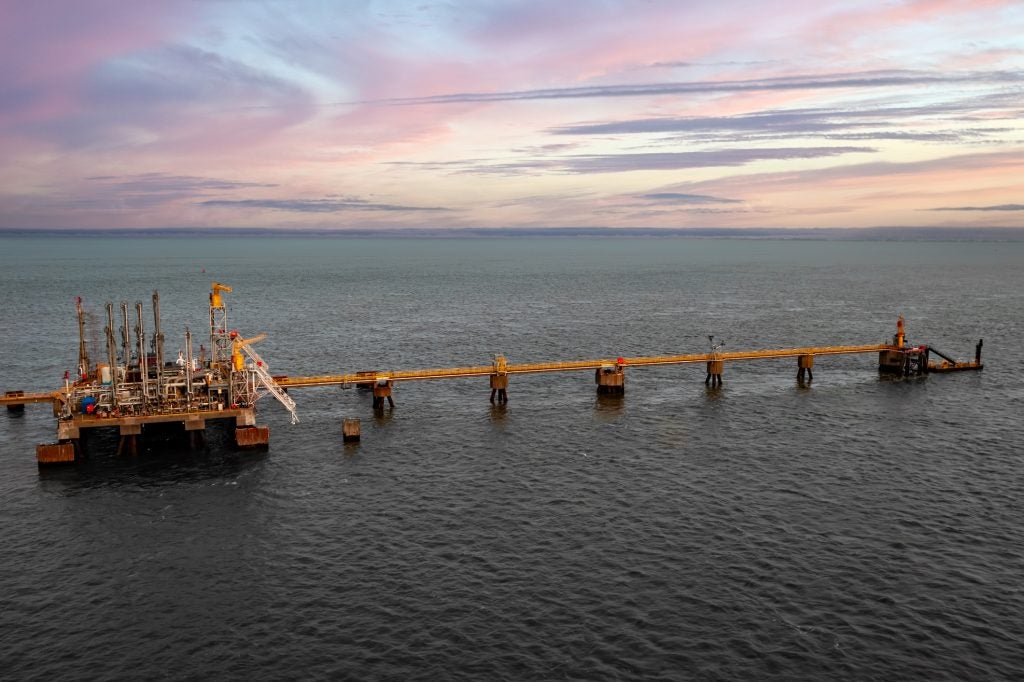
In early 2007 Exxon Neftegas entered the record books when it completed the extended-reach Z-11 well on the Sakhalin-1 project, drilled from Sakhalin Island off the east coast of Russia.
Ever since, it has been viewed with controversy. Treacherous weather has not been the only storm Sakhalin-1 has had to endure. Countless man-made issues have made sure that Sakhalin-1 has had no shortage of press coverage – from bungled share agreements to environmental concerns, including the affect of seismic surveying from drilling and production rigs on surrounding schools of grey whales.
But despite all this, from an engineering point of view, it is the fact that Sakhalin-1 is effectively the longest well of its type in the world that has really garnered the attention of the upstream industry. In total it measures a depth of 11,282m (37,016ft). This includes three offshore fields – Chayvo, Odoptu and Arkutun Dagi. It also has the potential to recover a large amount of resources – 2.3 billion barrels of oil and 485 billion cubic meters of gas.
Sakhalin-1 is operated by Exxon Neftegas, a subsidiary of Exxon Mobil with a 30% interest, on behalf of the Japanese consortium Sakhalin Oil and Gas Development Co (SODECO), which also has 30% ownership, ONGC Videsh, the Indian state-owned oil company which has 20% and affiliates of Rosneft, the Russian state-owned oil company, RN-Astra (8.5%) and Sakhalinmorneftegas-Shelf (11.5%).
But despite the sheer size of Sakhalin-1, and the controversy around its seismic testing, Exxon Neftegas has also worked to minimise environmental impact with its infrastructure operation. Using extended reach drilling (ERD), which allows the project to reduce its offshore operations by using remote reservoirs from a central area, in most cases onshore, Exxon has brought down costs, and safety and environmental concerns.
See Also:
High capital and operating costs associated with building, installing and maintaining large offshore structures have been reduced and sensitive inshore areas and marine communities, essential to Russia’s economy, protected due to this record-breaking project.
How well do you really know your competitors?
Access the most comprehensive Company Profiles on the market, powered by GlobalData. Save hours of research. Gain competitive edge.

Thank you!
Your download email will arrive shortly
Not ready to buy yet? Download a free sample
We are confident about the unique quality of our Company Profiles. However, we want you to make the most beneficial decision for your business, so we offer a free sample that you can download by submitting the below form
By GlobalDataCHAYVO – THE FIRST STEP
Chayvo was the first field to be exploited in the Sakhalin–1 project. Located five to seven miles offshore, the field came onstream in October 2005 with production initially reaching up to 50,000 barrels of oil a day. This was fed into Russia’s far-east-domestic-market infrastructure until the project’s export system was fully commissioned. Production of natural gas took place at Chayvo shortly after, averaging 60 million cubic feet a day.
Chayvo is being developed from both onshore and offshore facilities. The Chayvo Yastreb land rig, launched in June 2002, was engineered and constructed especially for Sakhalin-1 and, just like the project itself its existence was no mean feat. Yastreb is one of the most powerful and largest land rigs in the industry and was specifically designed to create extended reach drilling wells to offshore targets from land-based locations.
DRILLING DOWN THE COST
As if size was not enough, Sakhalin-1’s well Z-11, the 17th extended-reach producing well to be finished in the project, was drilled in just 61 days – 15 days ahead of schedule. Gradual improvements in the way the drill crew carried out the operations also helped drillers to bring down costs with no safety or environmental incidents.
According to Exxon, since the first Sakhalin-1 well was drilled in 2003, the time required to drill these world-class wells has been reduced by more than 50%. When compared to industry benchmarks, Sakhalin-1 wells are the fastest-drilled extended reach wells in the world.
The improvements in the speed of drilling the wells followed intense research work carried out by ExxonMobil’s project team. It developed a number of proprietary technologies to deliver the Z-11 well, for example, including Exxon’s integrated hole quality (IHQ) technology and the fast drill process.
“The physics-based modelling and experimental validations of our IHQ technology allowed us to successfully design and drill the Z-11,” president of ExxonMobil upstream research, Steve Cassiani, says. “With this technology we were able to take into account a broad range of interdependent design variables including rock strengths, stresses and well-bore hydraulics to successfully drill this well.”
FAST DRILL TECHNOLOGY
In conjunction with IHQ technology Exxon used the optimisation process called fast drill. This energy-based analysis tool is employed to allow rig site and drilling engineering personnel to maximise performance when drilling.
A fundamental component of this drilling system is the Baker Hughes INTEQ’s AutoTrak G3.0 rotary steerable system.
AutoTrak is essentially a rotary closed-loop drilling system (RCLS) which integrates drilling and measurement while drilling (MWD) / logging while drilling (LWD) information to provide precise directional control. This is accomplished while allowing continuous drill string rotation, improving the performance and hole quality in directional wells, especially in geosteering, by minimising the prospect of stuck pipe.
As part of the drill string Baker Hughes provided its X-treme motor system. While AutoTrak was used to orient the lower sections of the hole, followed by the AutoTrak G3.0, the top section was oriented using the GyroTrak system. A LithoTrak service was used to get petrophysical measurements in the lower section.
PRODUCTION WELLS AT ORLAN
The second drilling front is from the Orlan offshore platform which is used to develop the south-western flank of the main Chayvo zone. Exxon installed Orlan in July 2005 and carried out a batch drilling program by the end of that year.
Orlan is essentially a concrete structure from which a rig with slots for up to 20 wells is mounted. Five extended-reach production wells have been finalised on Orlan. Most of the Orlan wells are in the 5.5km range, with the longest well drilled being 7.5km long.
To maximise the drilling space on Orlan, minimal integral processing facilities are included offshore. The well stream is exported to the onshore processing facility where it co-mingles with the Chayvo stream.
This facility is designed to produce at the rate of approximately 250,000 barrels (34,000 metric tons) of oil a day and 800 million cubic feet (22.4 million cubic meters) of gas. The stabilised crude oil is shipped to the newly-constructed DeKastri terminal in the Khabarovsk Krai terminal for export, while the natural gas is supplied to the Russian Far East or injected back into Chayvo for reservoir support.
A large crude oil export system was commissioned in August 2006 to transport crude from this onshore processing facility across Sakhalin Island and the Tatar Strait to DeKastri.
This was based on a 24in, 140-mile (225km) pipeline to the Chayvo onshore processing facility.
Meanwhile, gas deliveries to Khabarovsk Krai totalled 35 billion cubic feet (one billion cubic meters) through February 2007. These gas supplies are expected to fully satisfy the demand until 2025.
Overall, the Chayvo field reached its peak production rate of 250,000 barrels (34,000 metric tons) a day in February 2007 after an on-schedule startup in October 2005. Notably, more than 80% of the Sakhalin-1 project drilling rig operators are Russian nationals and project contract awards to Russian companies have reached approximately $3.8bn.






